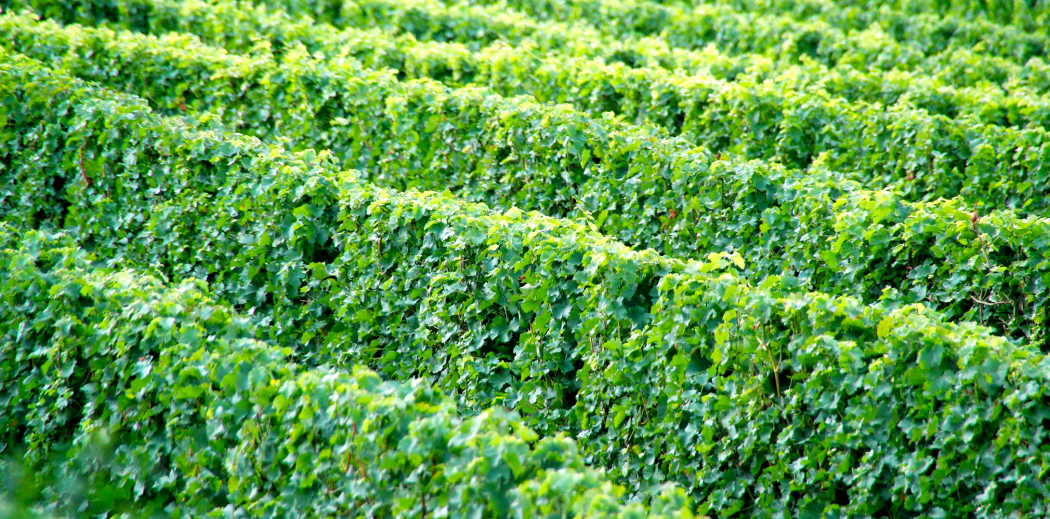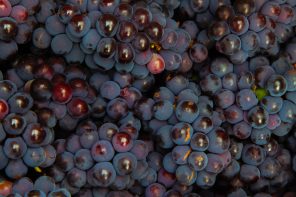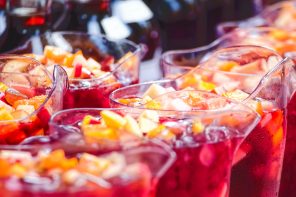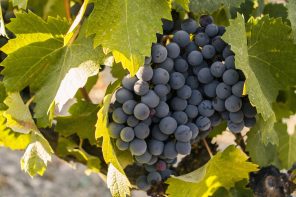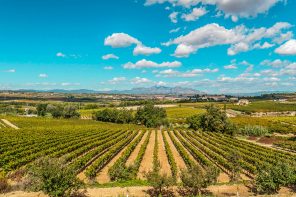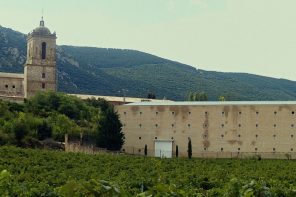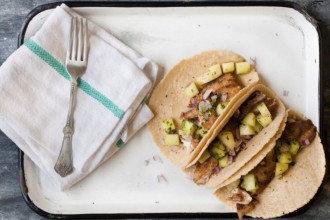As a child, I always loved secrets, so much so that I was never the best at keeping them. It turns out, Spain and I don’t have that in common. Considered one of Spain’s best-kept secrets, the Rueda wine region, or Denominación de Origen (DO), produces the country’s most popular white wines but lingers in relative global obscurity. Spain has worked hard to keep Rueda a secret.
Found just northwest of Madrid on the Iberian Peninsula between two internationally renowned wine regions, Rueda boasts hot summers and harsh winters, which helps the grapes preserve their acidity. The stony soils are high in lime and clay, with the finer vines planted closer to the Duero River where soil with higher limestone levels can be found. Partly because of its climate, Rueda doesn’t enjoy a wide influx of tourists or wine-seeking travellers, making its famed wine relatively unknown to the outside world.
Back in the 15th and 16th centuries, wine was so popular that every home in Rueda was said to boast a wine cellar. It was primarily drunk as an oxidized fortified wine, which, thankfully, someone realized was a waste of a wonderful grape in the 1970s. Verdejo found a savior in Francisco Hurtado de Amezaga y Dolagaray, a wine producer from Spain’s famed red region, Rioja. Viewing it as the Spanish response to the interest in Chardonnay and Sauvignon Blanc, he capitalized on its potential and by 1980, Rueda had achieved DO status, the first area to get the designation in Castilla y León.
White Wines
While Rueda’s exports aren’t solely white, the region is best known for its native Verdejo grape. Originating in North Africa and making its way to Spain in the 11th century, Verdejo is the most-drunk white wine in Spain and is primarily beloved for its balanced acidity and fruity tastes. Translation: it’s easy to drink, and keep drinking.
Typically, the dry wine will be aged in stainless steel, so expect notes to veer more towards tangerine or lemon, with hints of floral, basil, and brie, thanks to lees aging. If oakier wines are more your style, opt for Fermentado en Barrico, or the wine bottled with oak. While not as popular, several producers are experimenting with this higher-priced option.
To earn the Rueda Blanco label, the wine must be at least 50 percent Verdejo; for it to read Verdejo, it must contain at least 85% (it’s not unusual for it to be 100%). Neither are difficult qualifications to meet as the grape claims about 80% of Rueda’s 13,000 hectares. A small portion is relegated to other white varietals: Viura (or Macabeo), Sauvignon Blanc, and the once-popular Palomino Fino, which came to the rescue when the region suffered under the phylloxera epidemic in the 19th century.
Right now, Rueda Verdejo is surprisingly affordable, with top-rated bottles coasting in under $15 USD — when selecting a Verdejo, don’t expect price tag to indicate quality, and don’t be cautious of newer bottles as it’s often drunk young. The grapes may deserve more attention, but fans of French Sancerre, German Rieslings, and New Zealand Sauvignon Blancs should take advantage of Rueda’s lower price point and comparable freshness.
Red & The Rest
A spare amount of red and rosé is made in Rueda, primarily from Tempranillo and Garnacha, with the occassional smattering of Cabernet Sauvignon and Merlot. Those craving a glass of bubbly can reach for the sparkling Rueda Espumoso.
For the truly local experience, sample Rueda Dorada, a golden fortified wine, or its lighter sibling, Rueda Palido. These were most popular during the 20th century but continue to be produced in small quantities.
Now, if you’ll excuse me, I’ll be planning a trip to Spain.

